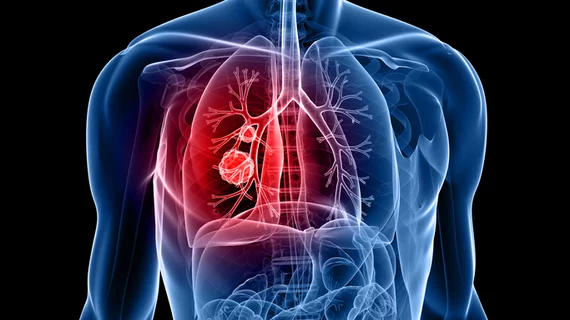Radiologists investigate learning curve for performing CT-guided thoracic biopsies
Radiologists need at least 32 CT-guided needle biopsies under their belts before they can accurately assess thoracic nodules, according to research published Wednesday.
CT-directed percutaneous transthoracic needle biopsies are commonly used to assess pulmonary abnormalities, yet current guidelines say little about how many training procedures are required before becoming proficient or how to assess radiologists’ performance.
In fact, one study suggests rads who performed fewer than 100 PTNBs had more than double the risk of false negatives compared to others, experts explained Aug. 18 in AJR.
Thoracic imaging fellows with little experience only achieved acceptable false-negative rates after completing 52 procedures, the authors reported. Their insights may finally bring some uniformity to PTNB exams.
“The findings may help set standards for training, supervision and ongoing assessment of proficiency for this procedure,” Rohee Park, MD, of Asan Medical Center’s Department of Radiology and Research Institute of Radiology in Seoul, and co-authors wrote.
For their study, Park et al. analyzed 3,261 CT-guided PTNBs performed by 17 thoracic fellows using the coaxial technique. More than 3,100 patients were included who underwent the procedure at a tertiary care center between March 2011 and August 2017.
In addition to the previously mentioned figures, experience using this biopsy technique during residency had no effect on radiologists’ proficiency.
“This may reflect the small number of cases performed during residency …, the supervision provided for all cases performed during residency, and the lack of coaxial technique for the earlier cases,” the authors explained.
Finally, Park and co-investigators observed that radiologists continued to learn even after reaching acceptable diagnostic performance levels, indicating check-ins may be needed well beyond training periods.
“We believe that continuous monitoring of operator performance is required to maintain an appropriate proficiency level for CT-guided PTNB; the cumulative summation method may provide an intuitive and easy-to-use approach for such assessment,” the authors concluded.
Read the full study published in the American Journal of Roentgenology.

